Shueshia released a video this week, featuring Koro-sensei (AssClass) explaining the historical context of The Elusive Samurai to Tokiyuki and his friends. A clever tie-in to be sure, but more so than with most historical fantasy, the history books are full of spoilers with this one. Because, of course, most viewers know so little about the period in question. It’s like when people see Les Miz and assume it’s all about the French Revolution – because what do most people know about the Paris Uprising of 1832?
Ogasawara Sadamune (Aoyama Yutaka) is indeed a real historical personage. He is, as this episode suggests, a revered figure even to this day as the most important propagator of the Ogasawara-ryuu – a system of martial arts training and etiquette. The Ogasawara were a branch of the Minamoto Clan, and become close allies of the Ashikaga after they overthrew the Houjou Regency. The whole bug eyes thing is an affectation as far as I know, and I’ve never seen it recorded that he was ever made governor of Shinano. But he was a renowned archer to be sure, and an important figure in the early days of the Ashikaga Shogunate.
The historical context for what’s happening here is starting to come into focus. Emperor Go-Daigo (Komatsu Fuminori) is the de facto reason all this has happened. In overthrowing the Houjou his aim is to restore Imperial power at the expense of the shogunate. Ashikaga Takauji answers to him, at least in theory. And as in any Japanese feudal conflict, survivors of a deposed clan are a major danger to the supposed victors. One of Sadamune’s jobs here is to root out any Houjou left in Shinano – and the most likely place for them is in Suwa, where the Lord is a loyalist to the Houjou Clan.
The dance between Yorishige and Sadamune may not be so far-fetched as one imagines. Each of them knows what’s really on the line here, but they’re trying to maintain an appearance of diplomacy. Of course Sadamune dents that considerably by splitting a miko’s ear with one of his arrows – a cruel way to prove a point, but an effective one. Yorishige has already decided that pursuing archery (at which he’s already somewhat skilled) is the combat training least incompatible with Tokiyuki’s raison d’être of evasion, and he fiendishly decides that illicit observation of his enemy is a way for the young lord to kill two birds (but no dogs) with one stone.
This so-called hide-and-seek is obviously a risky play, but Yorishige knows the odds are so stacked against Tokiyuki that playing it safe can’t work. And in fact, Tokiyuki has it in him to see through the cruelty of the deed and admire Sadamune’s artistry – he truly is a master of the bow. Soon enough an opportunity will come for Yorishige to put his plan into action in the form of a dog-shooting competition at Suwa Taisha. These were indeed real and present an awkward prospect (Yorishige breaks the fourth wall – not for the first or last time – to remark on this). In real life real arrows were used. And in fact, young nobles were trained in the art of bow hunting by using dogs as targets.
Sadamune crashes the party – both to show up his rival, and to use the competition as a pretext to root out the Houjou he knows are hidden somewhere under Yorishige’s protection. Reasoning that Suwa can’t stand by and ignore a challenge issued on his own ground, he suggests a wager – himself in single competition against anyone from the shrine. If he wins, Sadamune will be free to search anywhere he likes for Houjou. Yorishige agrees – and puts up Tokiyuki under the guise of “Chojumaru”, reasoning that even an unskilled Suwa child is strong enough to defeat the interloper. If the boy wins, Sadamune will declare that the entire Suwa domain is off-limits to search.
For now, Tokiyuki is more or less limited to implementing Yorishige’s strategy in battle. But at least Yorishige is very good at it, and knows his enemies’ weaknesses better than they do themselves. The rules he sets for this contest are devilish – the archers can score points either by shooting at each other or at the dogs. On the one hand, Sadamune is unprepared for just how evasive Chojumaru is (and easily provoked). On the other, such a display invariably calls attention to the boy’s unusual nature and marks him as someone worthy of further observation.
Tokiyuki’s responses in battle put me in mind of another WSJ protagonist, Gon. Like him, for Chojumaru the thrill of danger is like a drug, a rush unlike any other. Part of the gamble Yorishige is taking here is to nurture this side of him, to both harden him to the prospect of danger and to stoke an eagerness to seek it out. That’s obviously a huge risk, but again, facing the odds he does it’s one that’s probably justifiable. The concept of running away is thus a bit of a red herring – it’s really more about the art of staying alive for a reason…


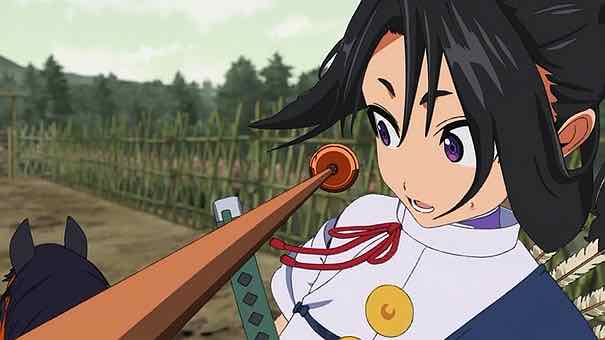
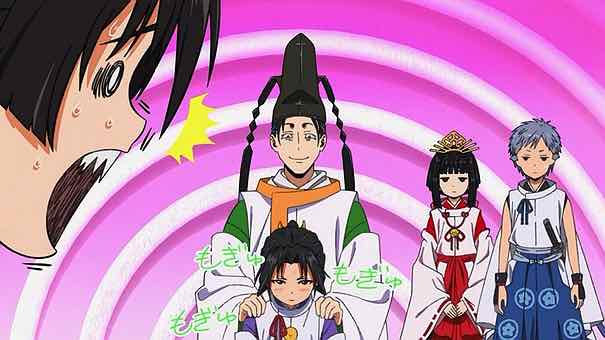
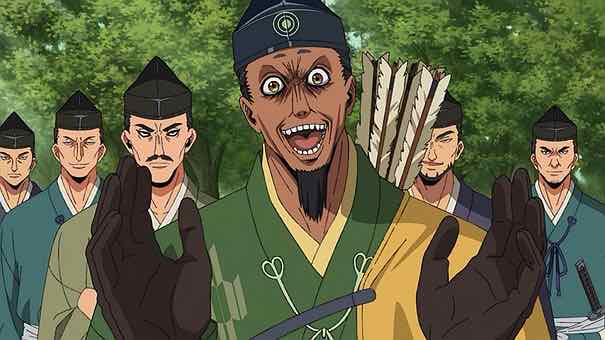
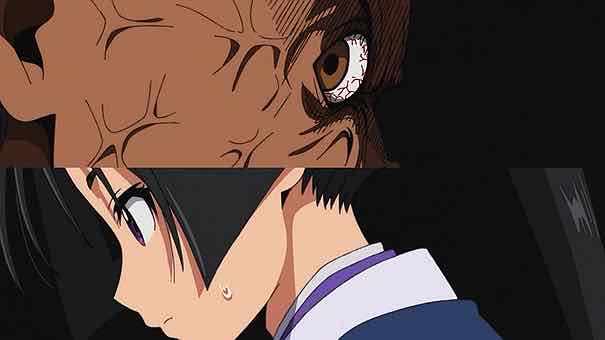
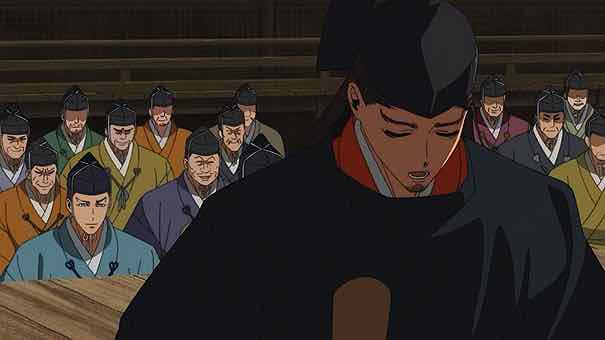
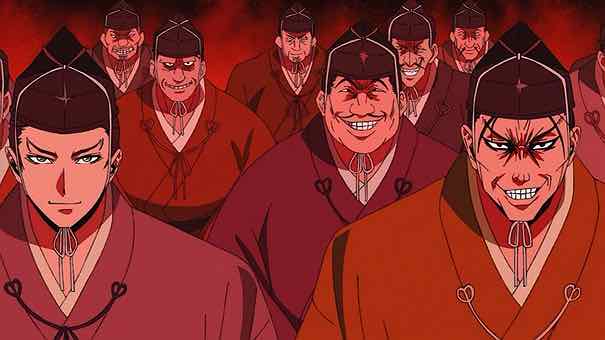
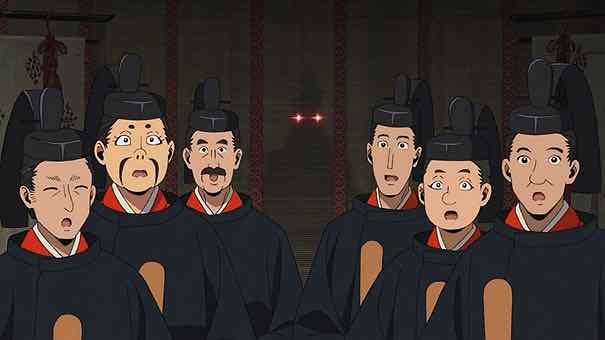
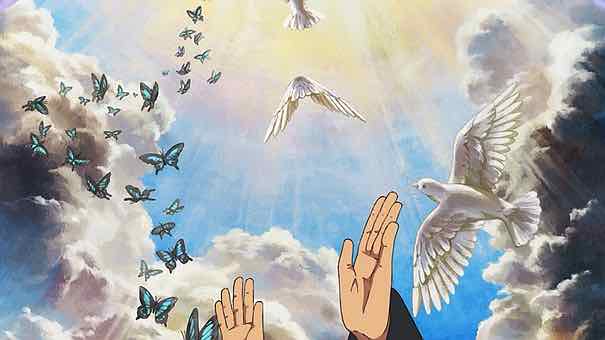
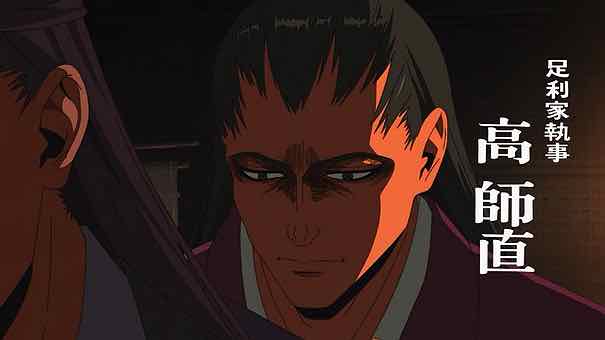
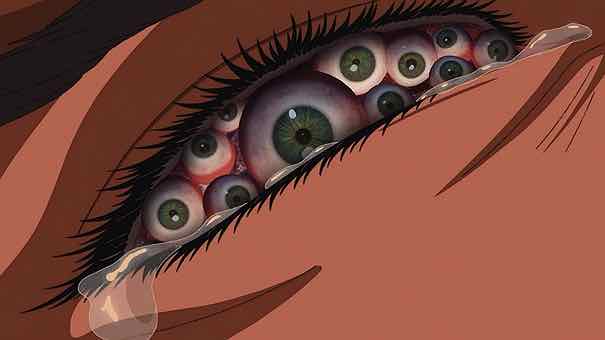
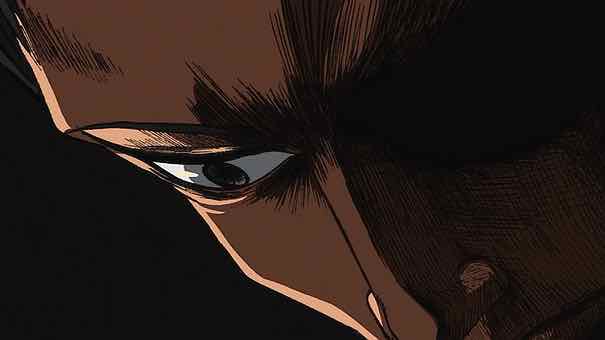
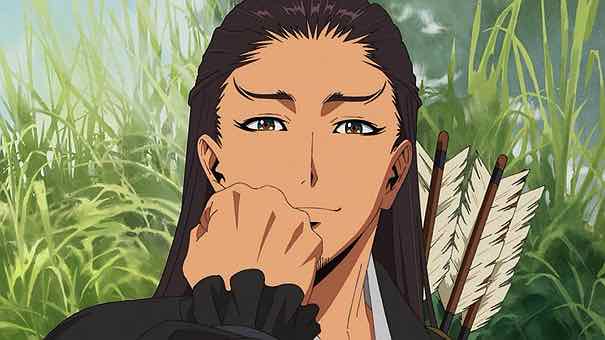

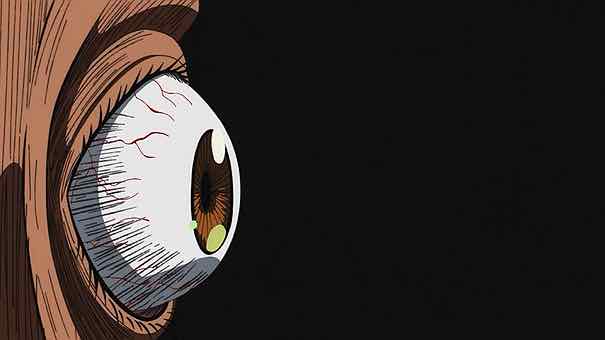
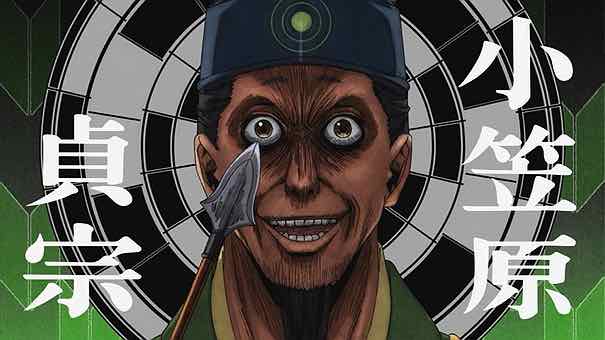
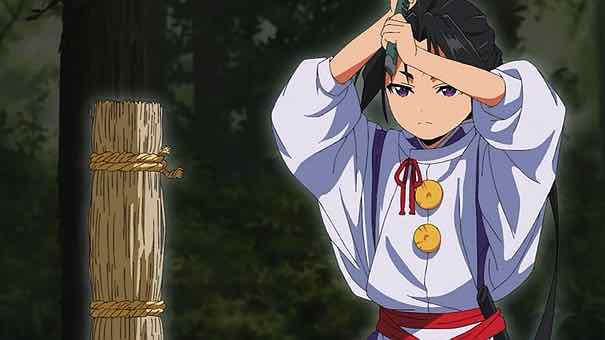
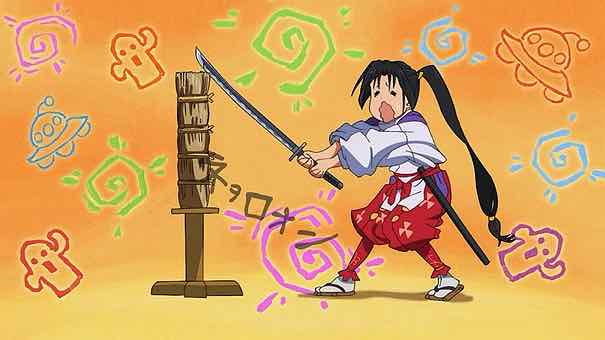
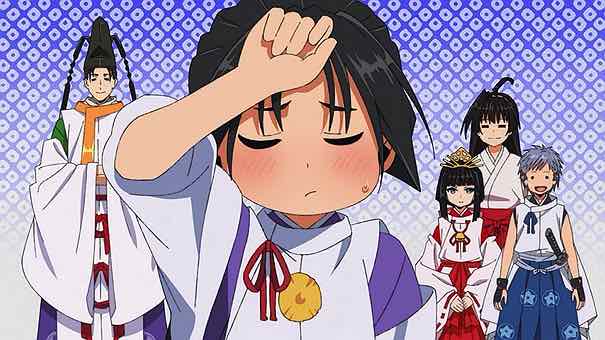
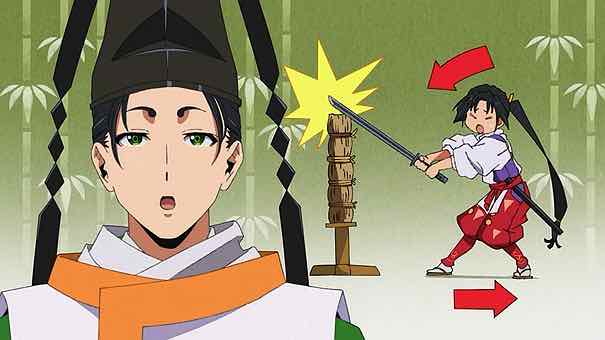
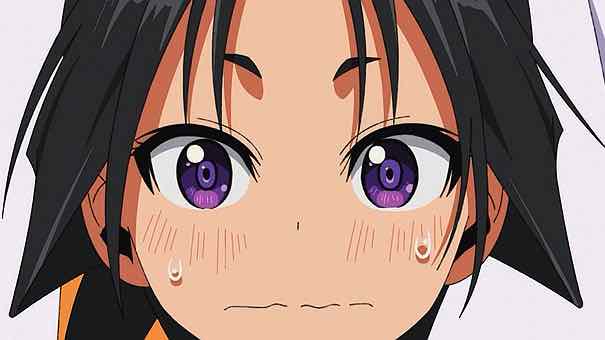
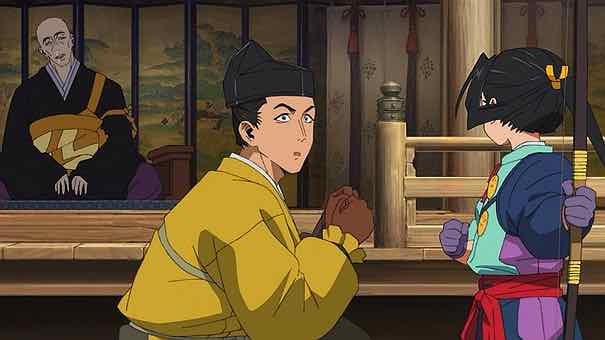
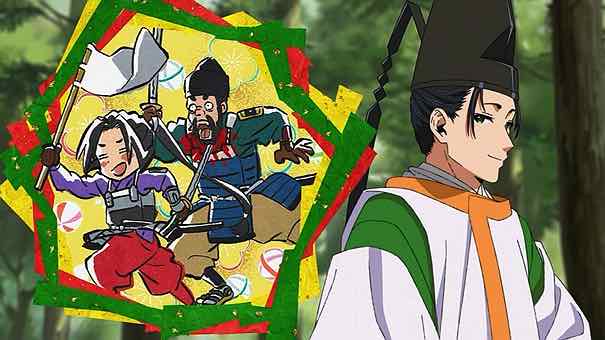
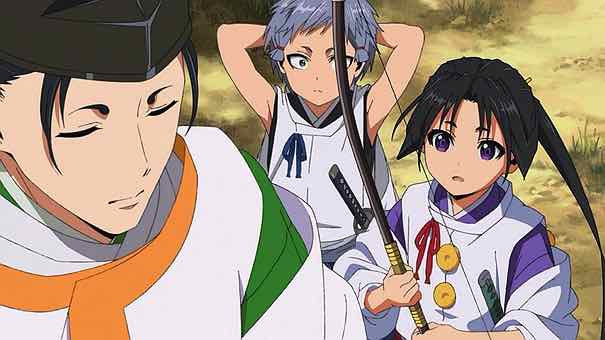
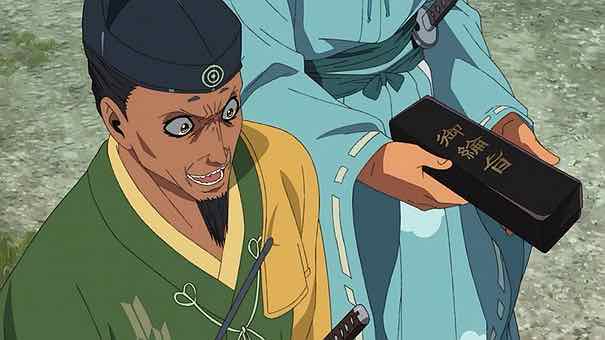
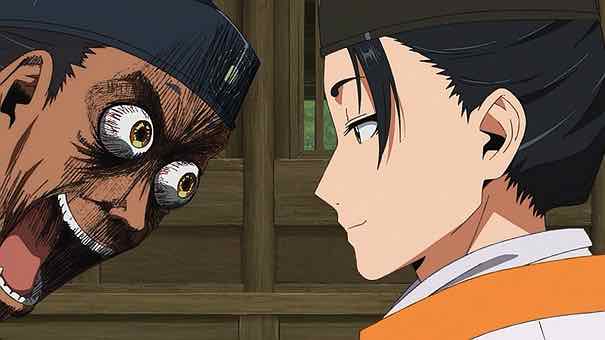
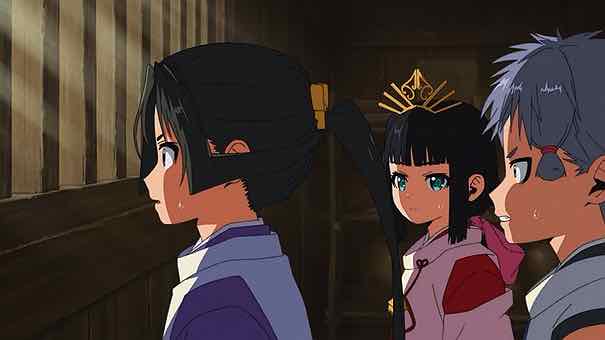
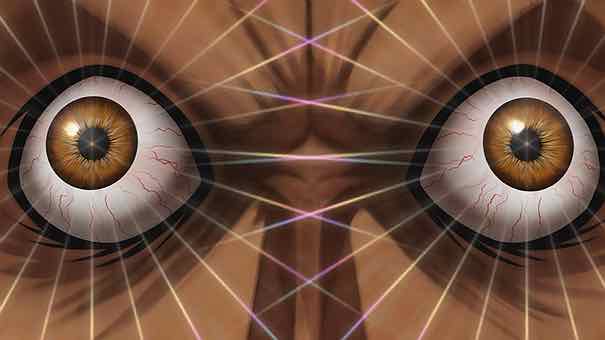
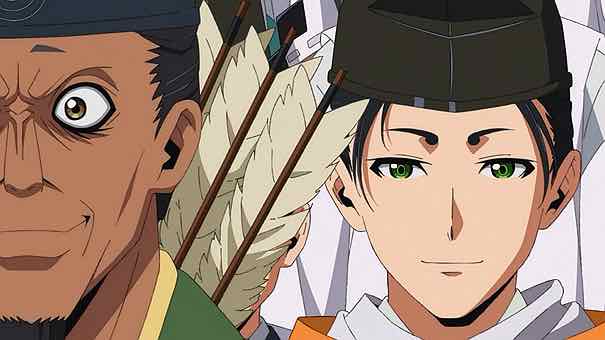
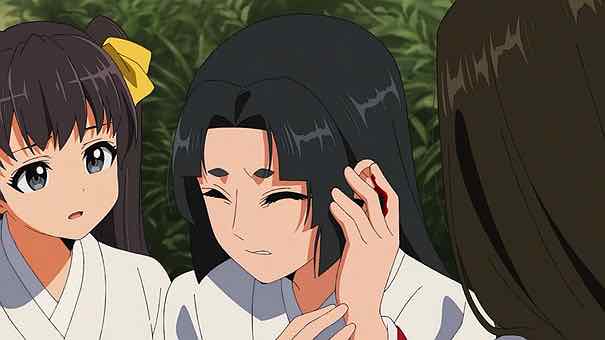
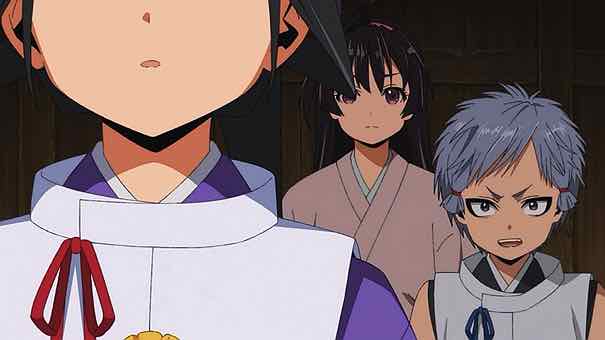
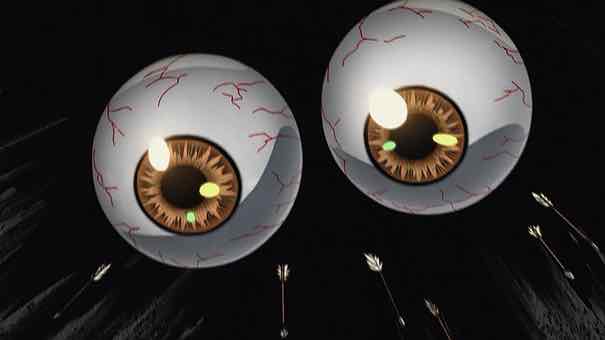
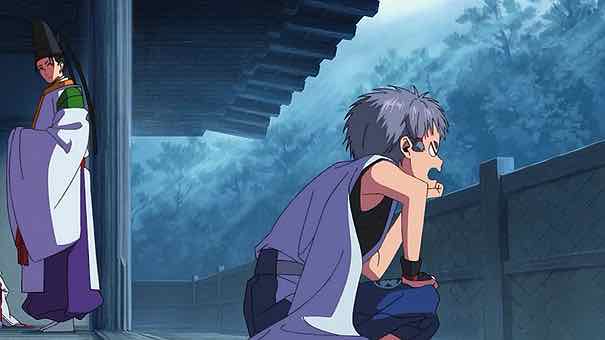
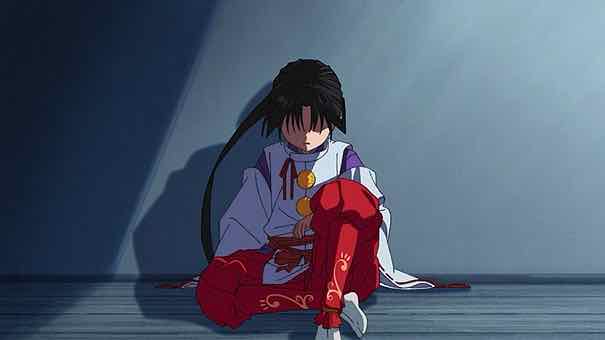
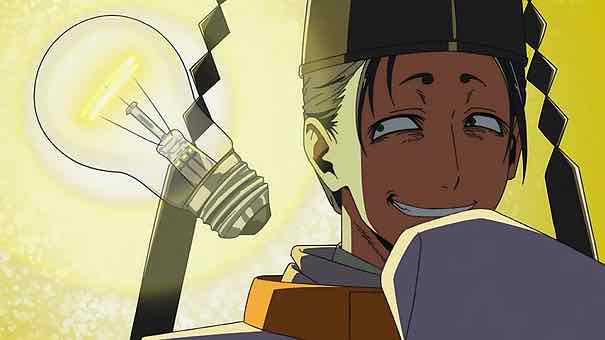
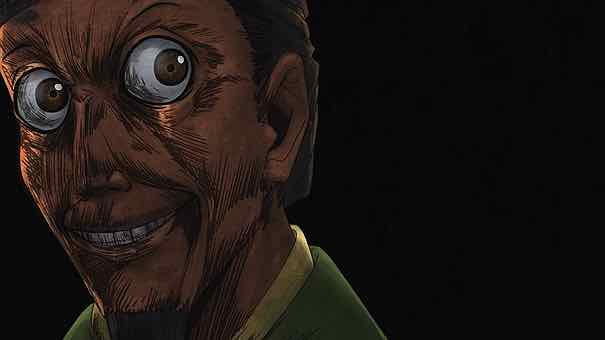
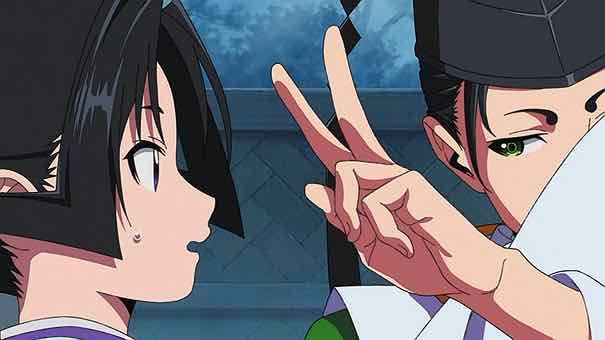
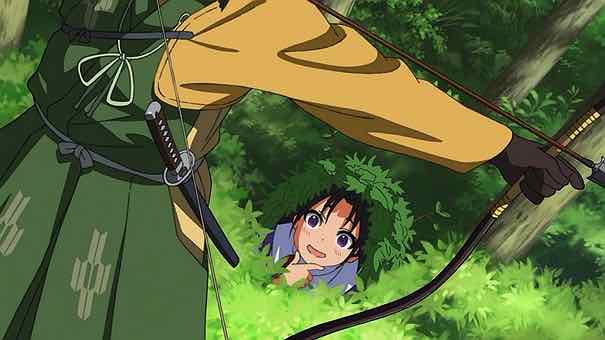
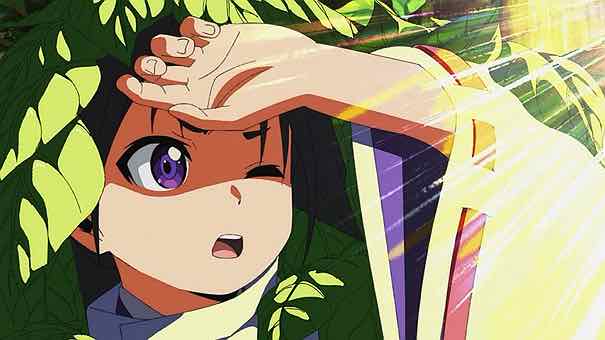
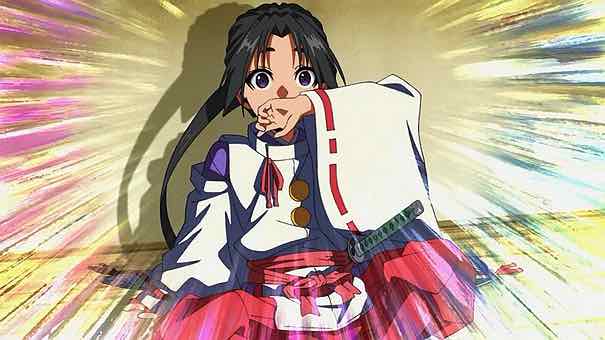
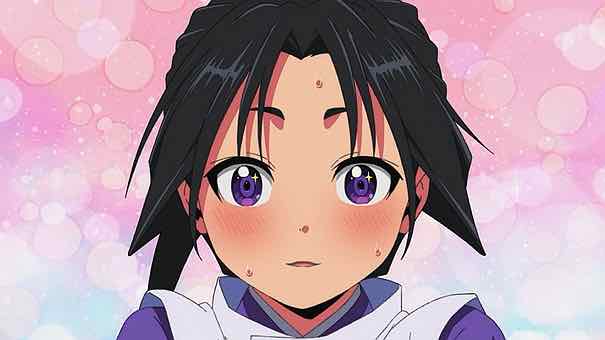

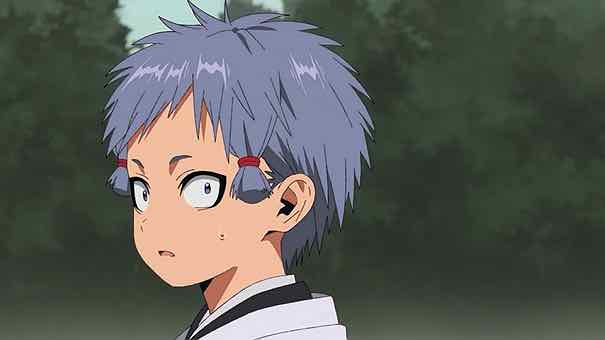
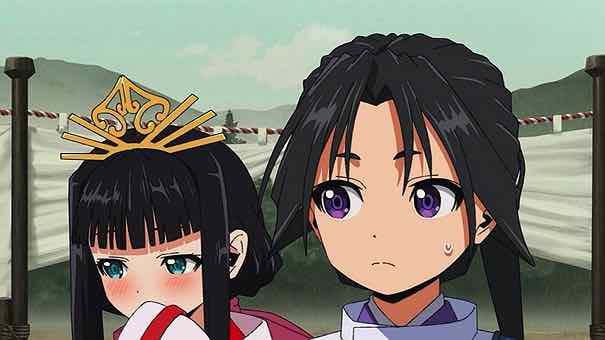

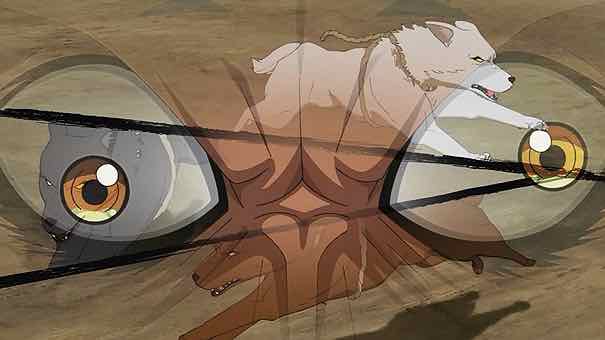
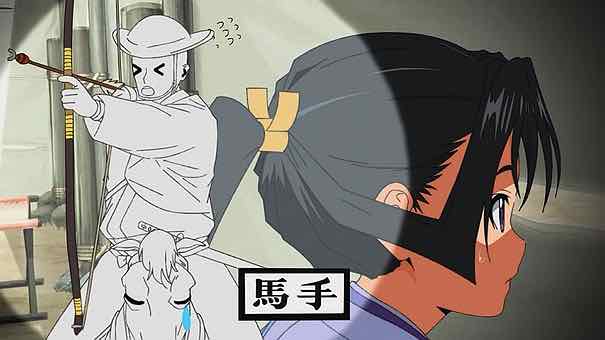
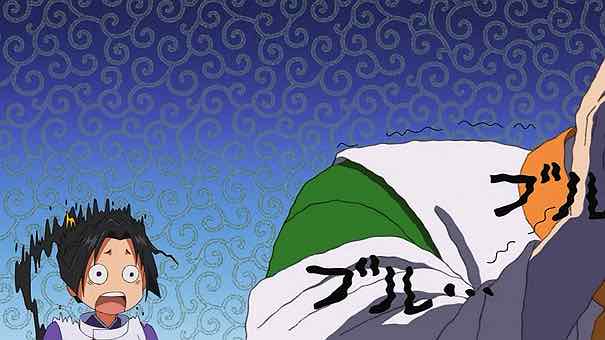
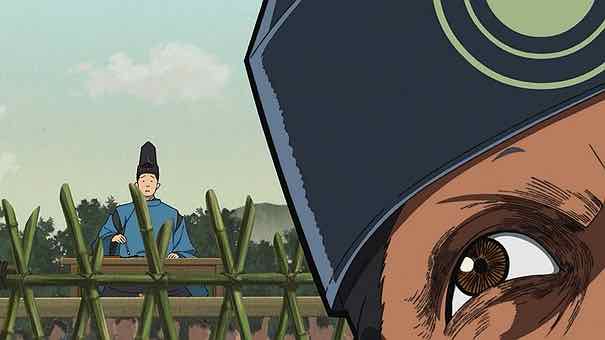
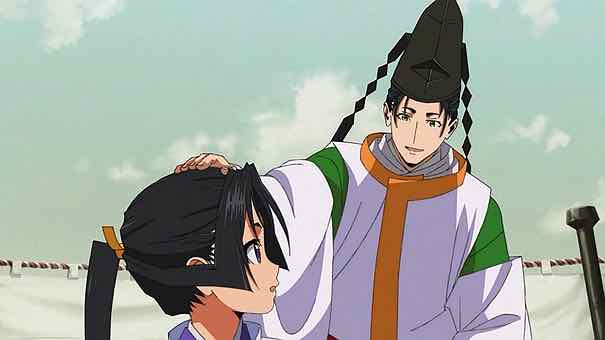
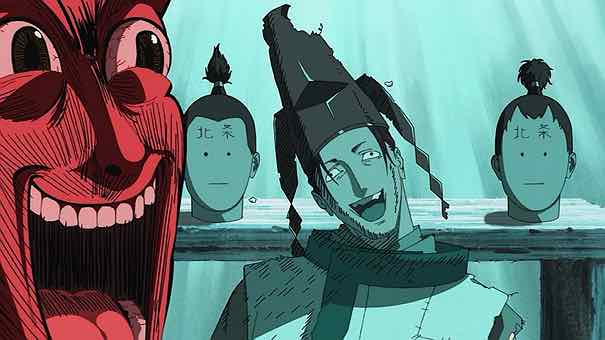
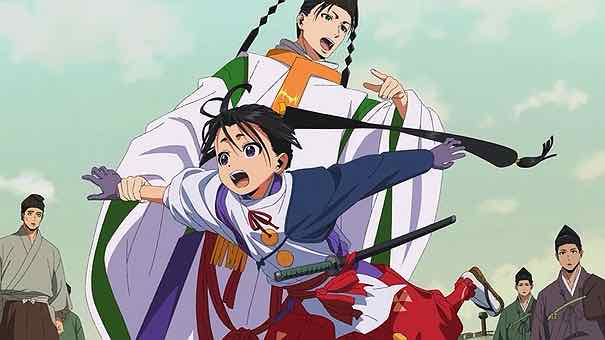
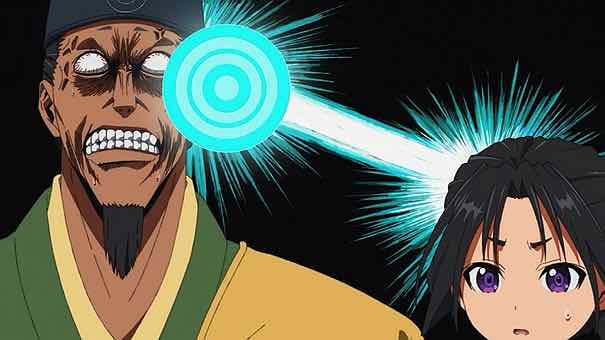

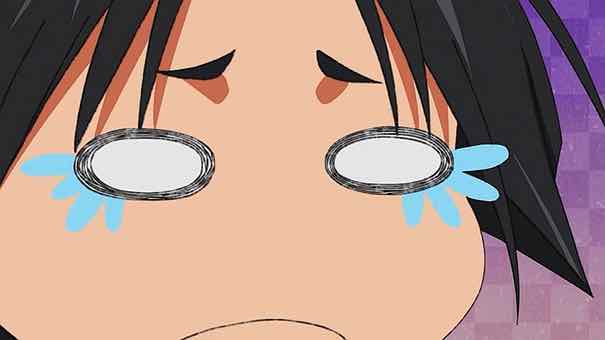
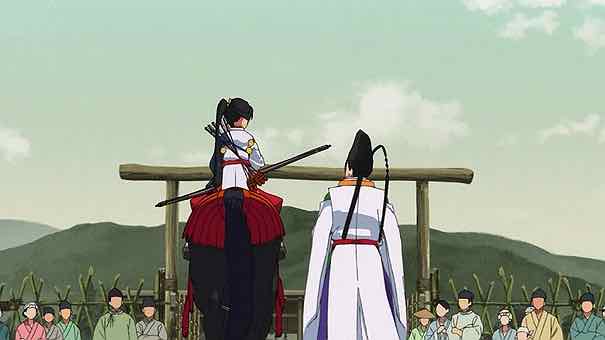

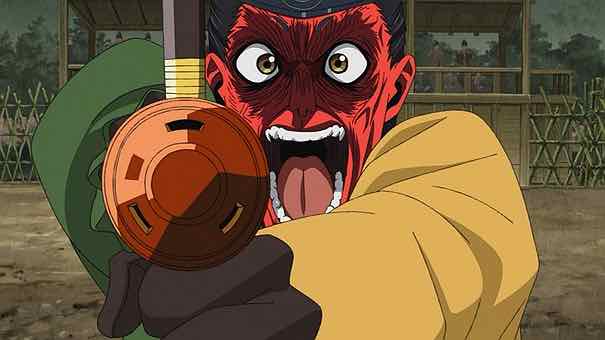
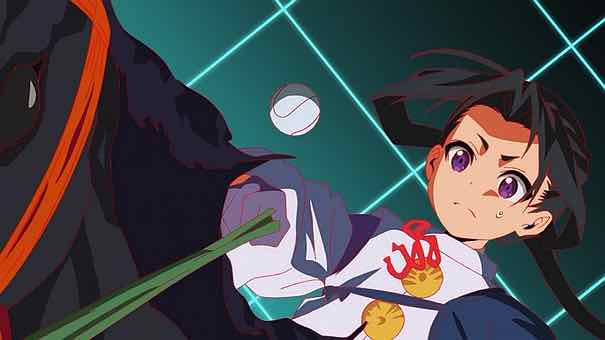
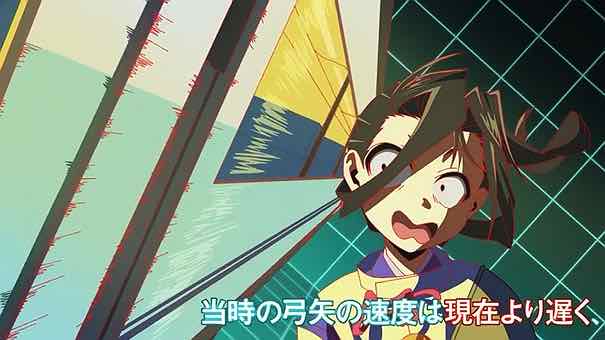
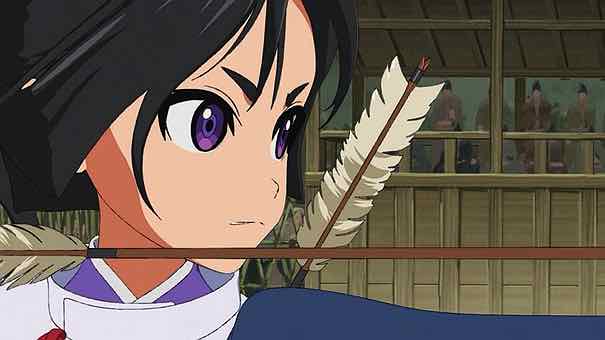
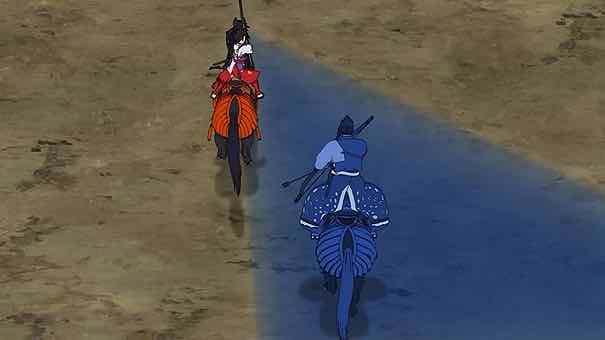
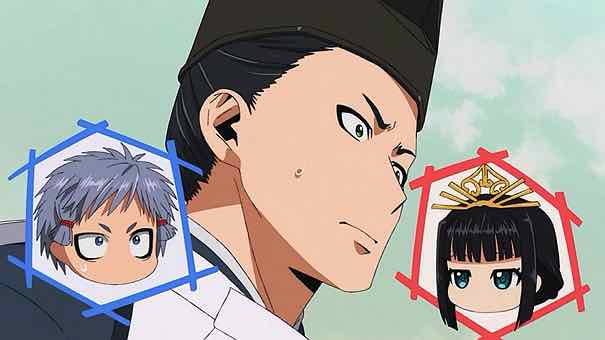
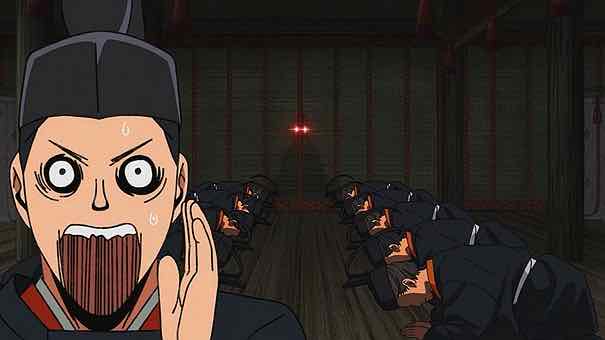
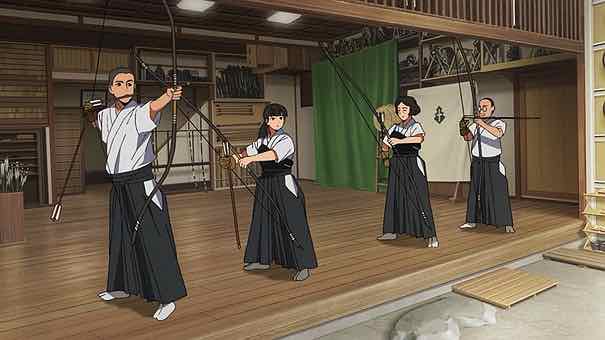
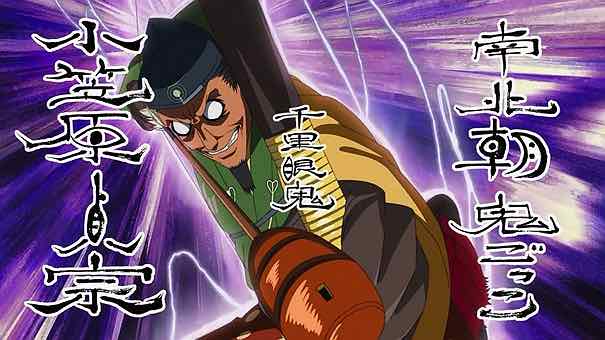
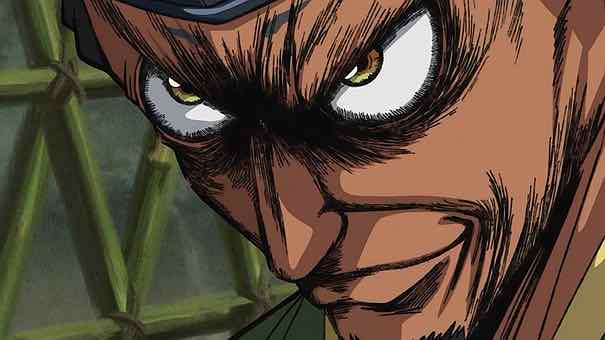
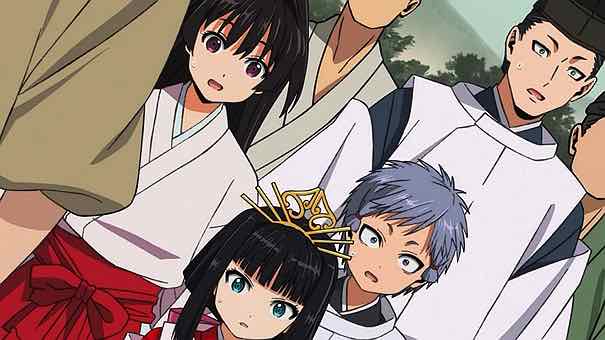
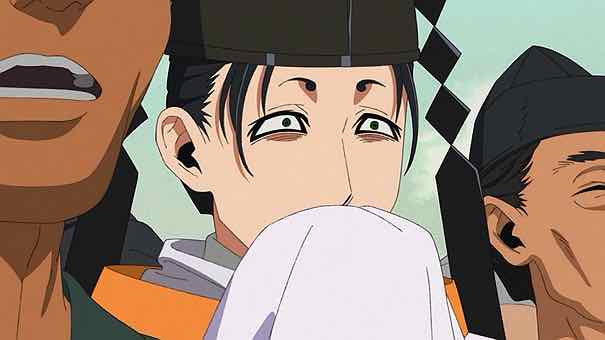
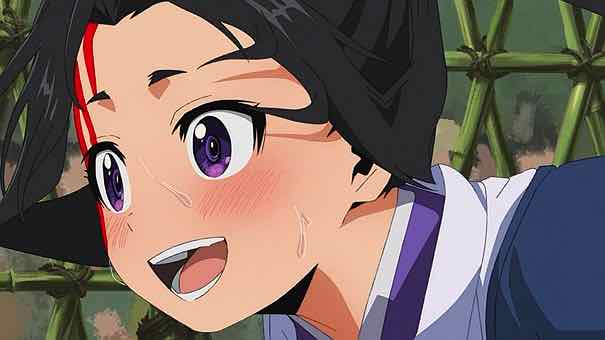
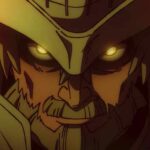
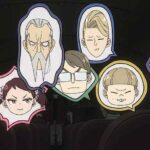
Simone
July 28, 2024 at 4:44 pmI’ve read that actual blunted arrows were used too in dog shooting at some point, partly for religious (Buddhist) reasons. More so, apparently Emperor Go-Daigo himself briefly banned the practice out of concern for the dogs, and was then compelled to restore it by none other than Ashikaga Takauji and Ogasawara Sadamune (ever the villains).
But I also enjoyed how deftly the show dances about the subject, first using Yorishige’s fourth-wall breaking to acknowledge the issue in a humorous manner, and then having Tokiyuki only shoot (rather weakly, it looks) a trained dog that was put there to cheat, and actively *wants* to be shot so he can get his reward afterwards. A funny and clever way to defuse the distaste the scene could elicit in the audience.
Joshua
July 29, 2024 at 3:14 amI just wanted to know exactly what are your thoughts then on the horseback duel, because it was what I was dreading for some time. Horses are exceptionally hard to animate after, and I was afraid that this using CG for them was going to ensure that audiences were going to turn on this show after all of the trucks used in the past 3 episodes. Granted, it looks better than average visually, but you’d think that the hyperbolic comments claim that the production already collapsed.
Joshua
July 29, 2024 at 3:34 am*tricks
Also in addition to the hyperbole from Sakuga Twitter is endless (derogatory) snark that this will be what Steel Ball Run will look like (because it too is horseback heavy).
Guardian Enzo
July 29, 2024 at 9:01 amI thought it looked fine. Anyone who expected no CGI for those scenes was delusional.
Cynin
July 29, 2024 at 2:40 pmI have read that Sadamune and his clan pretty much created Japanese formal etiquette as it is.